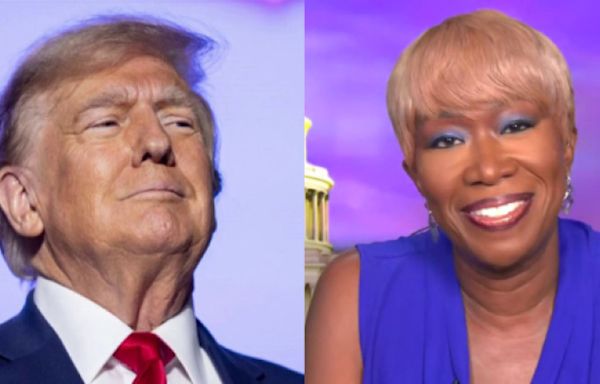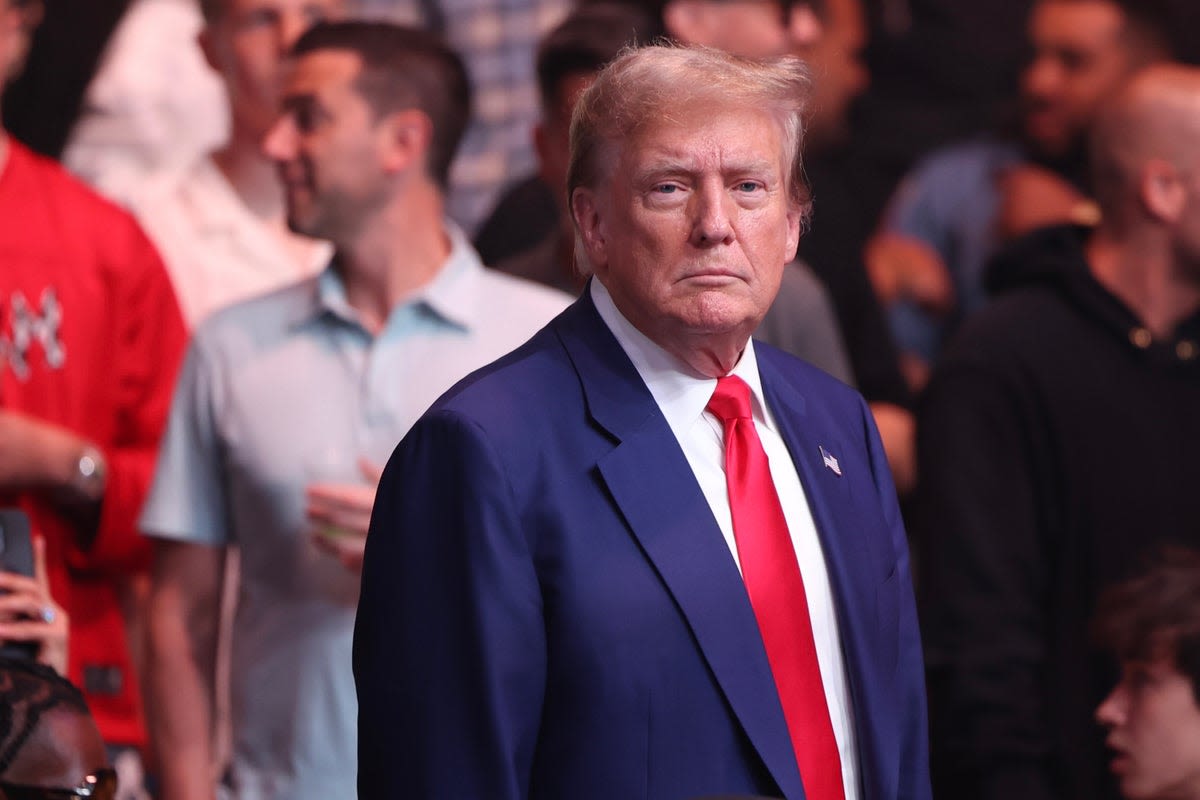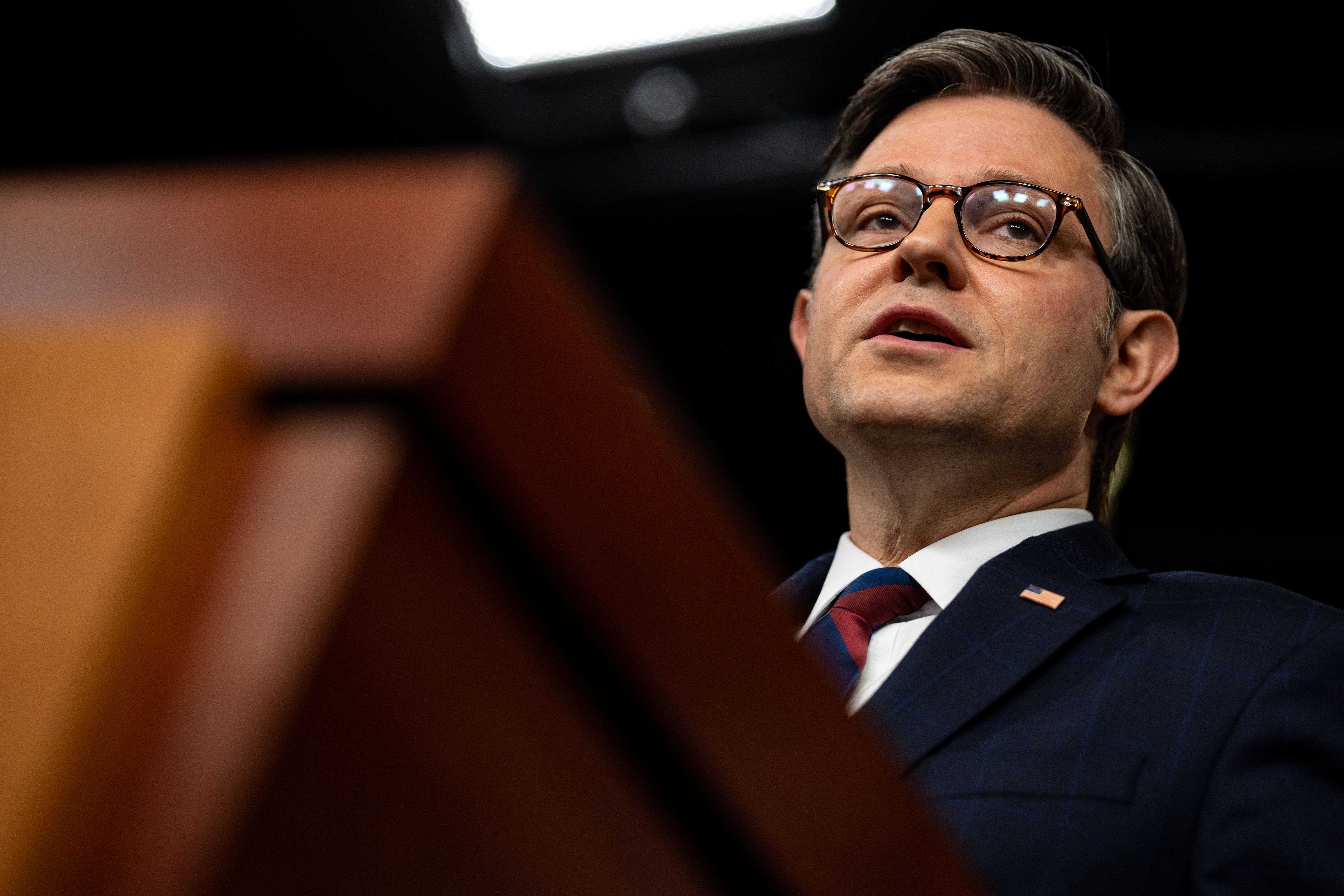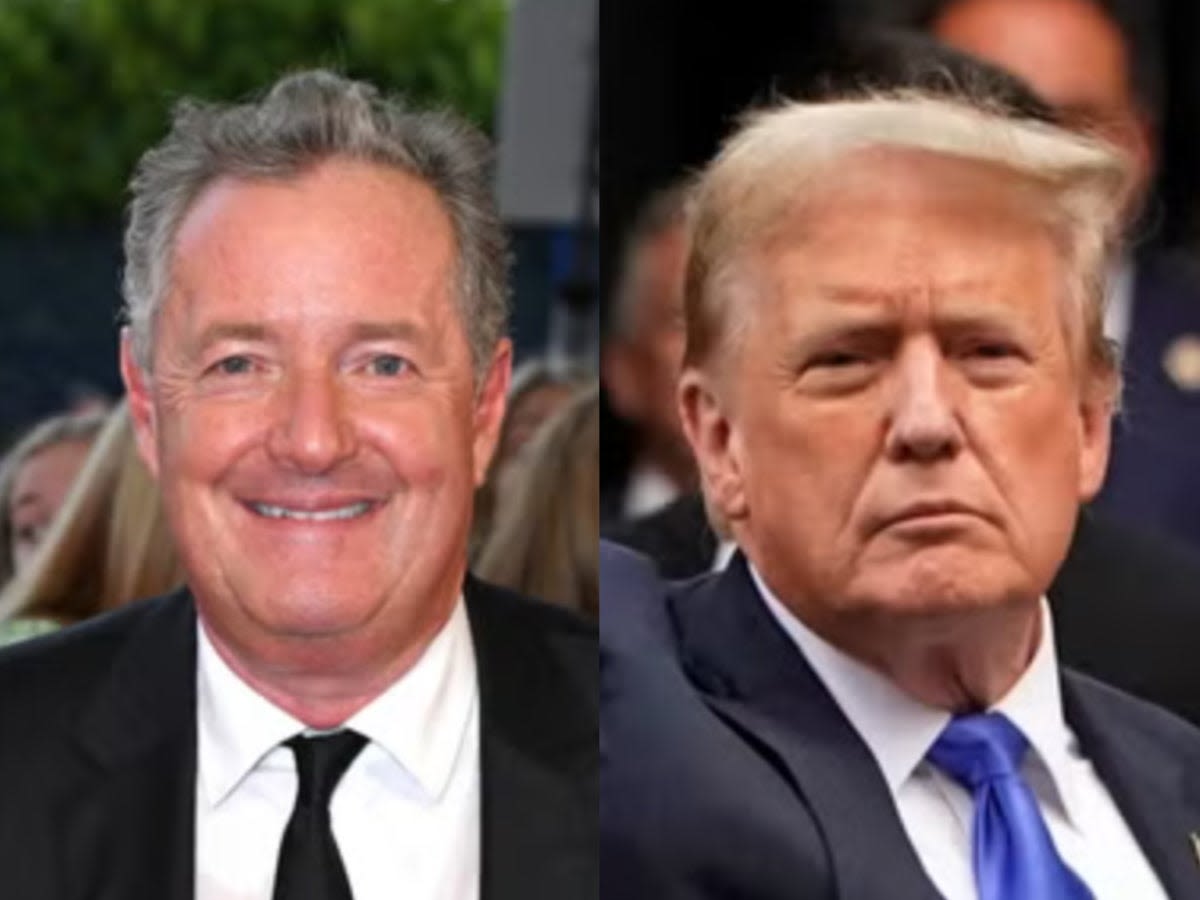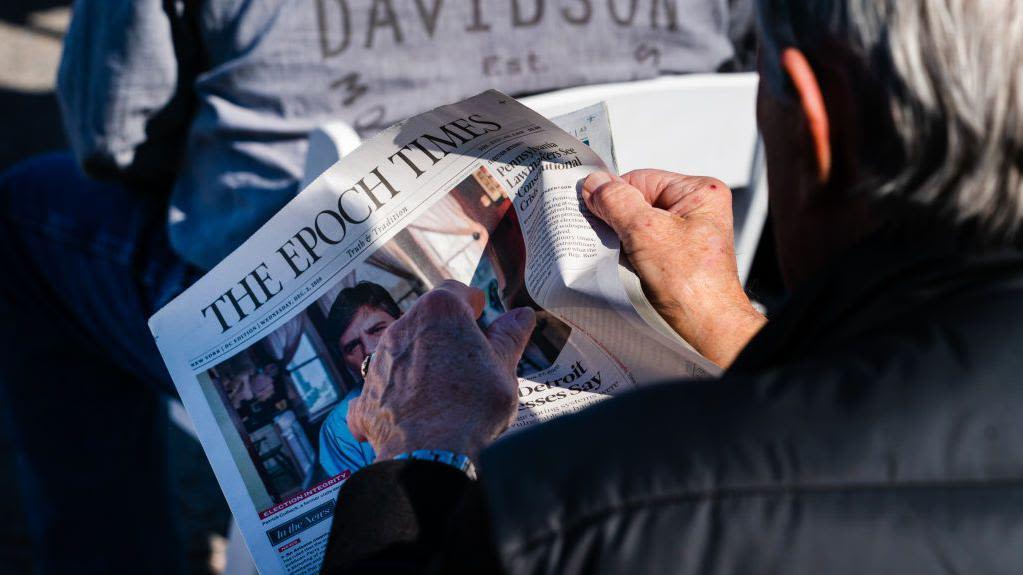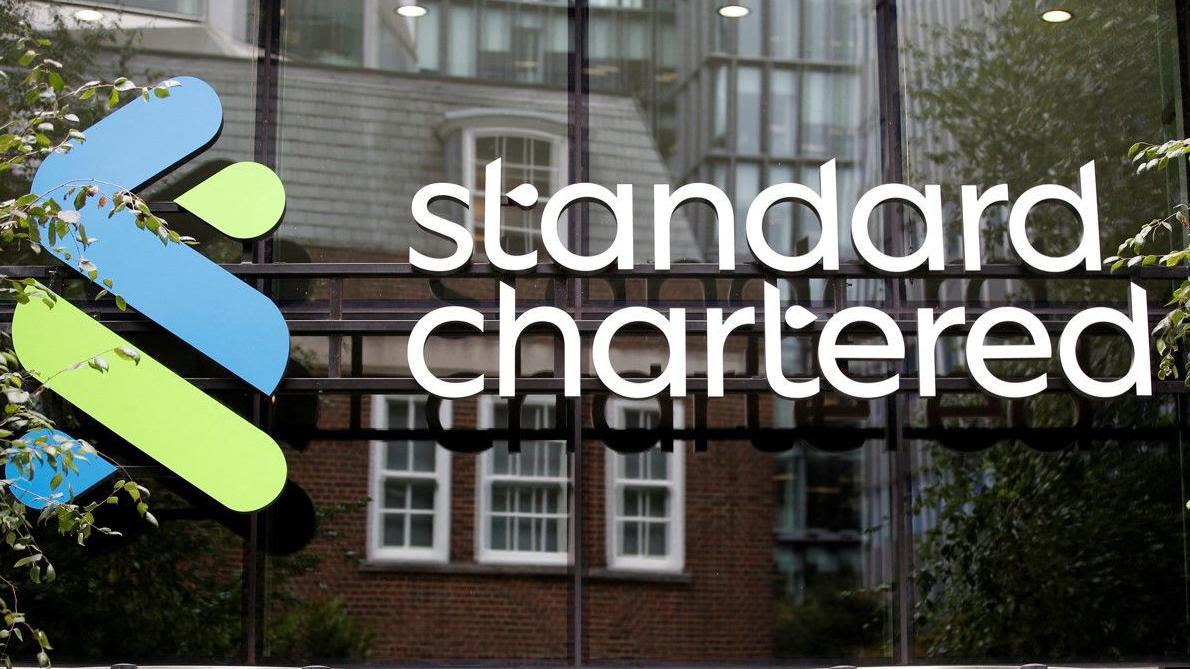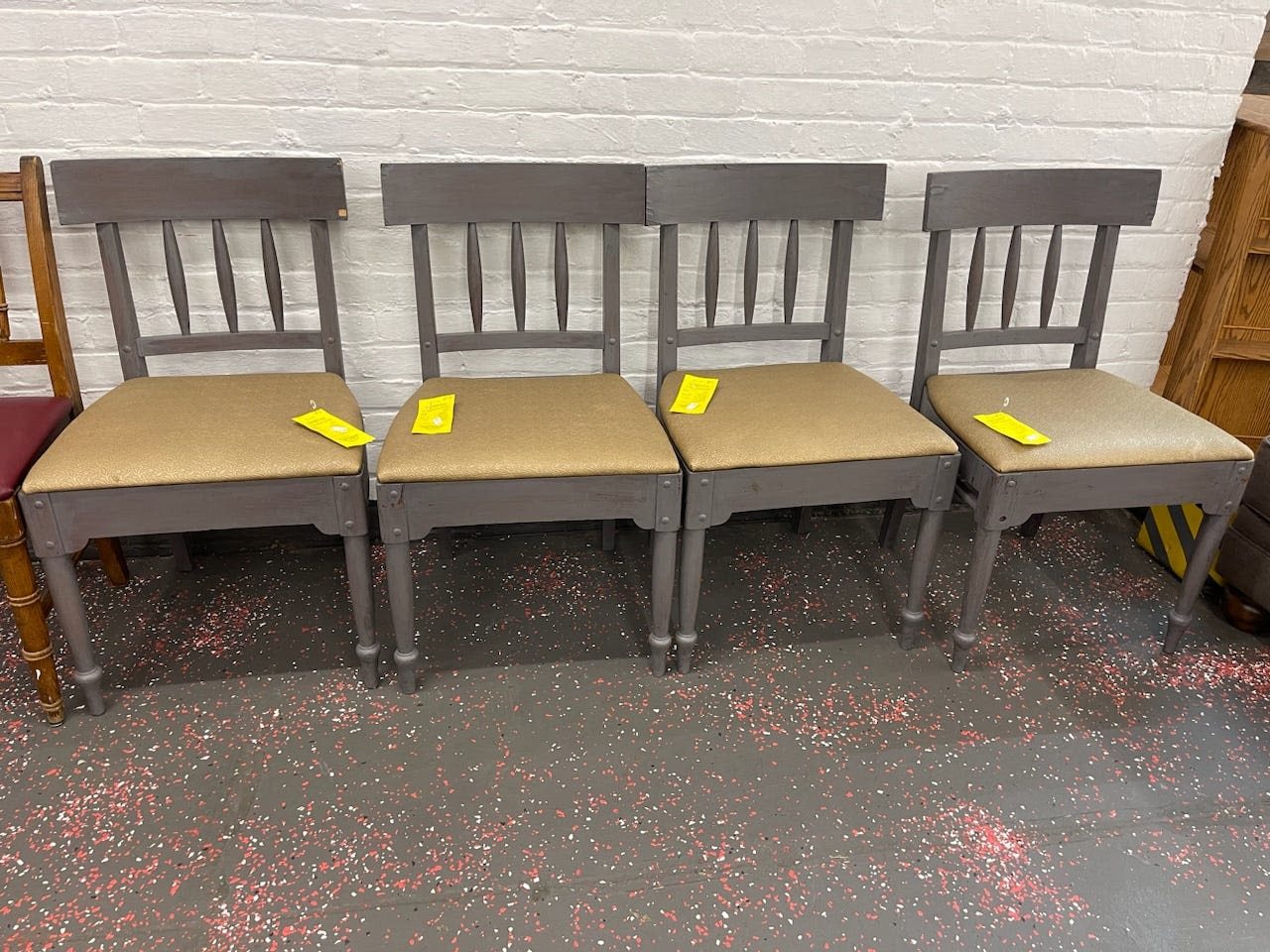Search results
News about Donald Trump, GOP, Piers Morgan
News about Epoch Times, Standard Chartered Bank, money laundering
News about Charity shop, money-saving apps, Arsenal
In and of Itself. To many people, the phrase in and of itself sounds clunky and old-fashioned. However, when used sparingly—and correctly—it serves a purpose. Example: The weather was not, in and of itself, the cause of the traffic delays. vs. The weather was not the cause of the traffic delays. In both sentences, we understand not to blame.
In a general sense, “in and of itself” is often employed to emphasize the self-sufficiency or self-contained nature of something. For example, one might say, “The artwork, in and of itself, is a masterpiece,” to underscore the inherent brilliance of the artwork without considering any external factors or influences.
Functions for Money. Money solves the problems created by the barter system. (We will get to its definition soon.) First, money serves as a medium of exchange, which means that money acts as an intermediary between the buyer and the seller.
Currency itself is perfectly liquid; you can always change two $5 bills for a $10 bill. Checkable deposits are almost perfectly liquid; you can easily cash a check or visit an ATM. An office building, however, is highly illiquid. It can be converted to money only by selling it, a time-consuming and costly process.
- What Is Money?
- Medium of Exchange
- Impressions Create Everything
- How Is Money Measured?
- Active Money
- How Money Is Created
- The History of American Money
- The Bottom Line
Money is any item or medium of exchange that symbolizes perceived value. As a result, it is accepted by people for the payment of goods and services, as well as the repayment of loans. Money makes the world go 'round. Economies rely on money to facilitate transactions and to power financial growth. Typically, it is economists who define money, wher...
Before the development of a medium of exchange—that is, money—people would barter to obtain the goods and services they needed. Two individuals, each possessing some goods the other wanted, would enter into an agreement to trade. Early forms of bartering, however, do not provide the transferability and divisibility that makes trading efficient. For...
The second type of money is fiat money, which does not require backing by a physical commodity. Instead, the value of fiat currencies is set by supply and demand and people's faith in its worth. Fiat money developed because gold was a scarce resource, and rapidly growing economies growing couldn't always mine enough to back their currency supply re...
But exactly how much money is out there, and what forms does it take? Economists and investors ask this question to determine whether there is inflation or deflation. Money is separated into three categories so that it is more discernible for measurement purposes: 1. M1– This category of money includes all physical denominations of coins and curren...
The M1 category includes what's known as active money—the total value of coins and paper currency in circulation as well as liquid deposits and accounts. The amount of active money fluctuates seasonally, monthly, weekly, and daily. In the United States, Federal Reserve Banksdistribute new currency for the U.S. Treasury Department. Banks lend money ...
We have discussed why and how money, a representation of perceived value, is created in the economy, but another important factor concerning money and the economy is how a country's central bank (the central bank in the United States is the Federal Reserve or the Fed) can influence and manipulate the money supply. If the Fed wants to increase the a...
Currency Wars
In the 17th century, Great Britain was determined to keep control of both the American colonies and the natural resources they controlled. To do this, the British limited the money supply and made it illegal for the colonies to mint coins of their own. Instead, the colonies were forced to trade using English bills of exchange that could only be redeemed for English goods. Colonists were paid for their goods with these same bills, effectively cutting them off from trading with other countries....
Massachusetts Money
Massachusetts was the first colony to defy the mother country. In 1652, the state minted its own silver coins including the Oak Tree and Pine Tree shillings. The state circumvented the British law stating that only the monarch of the British empire could issue coins by dating all their coins in 1652, a period when there was no monarch.In 1690, Massachusetts also issued the first paper money calling it bills of credit. Tensions between America and Britain continued to mount until the Revolutio...
Aftermath of the Revolution
The chaos from the Revolutionary War left the new nation's monetary system a complete wreck. Most of the currencies in the newly formed United States of America were useless. The problem wasn't resolved until 13 years later in 1788 when Congress was granted constitutional powers to coin money and regulate its value. In 1792, the Coinage Act was passed establishing the first national mint which created a national monetary system and unit of money, the dollar.There was also a bimetallic standar...
Money has changed substantially since the days of shells and skins, but its main function hasn't changed at all. Regardless of what form it takes, money offers us a medium of exchange for goods and services and allows the economy to grow as transactions can be completed at greater speeds.
Money, of course, is not the only thing that stores value. Houses, office buildings, land, works of art, and many other commodities serve as a means of storing wealth and value. Money differs from these other stores of value by being readily exchangeable for other commodities. Its role as a medium of exchange makes it a convenient store of value.
People also ask
What is the function of money?
How does money differ from other stores of value?
What is money in economics?
What does money mean in accounting?
Nov 2, 2018 · For example, Aristotle argued that we should treat objects in ways that are befitting to their fundamental nature, and since money is not meant to be a good in itself but only a medium of exchange (see section 1.1), he concluded that it is unnatural to desire money as an end in itself (Politics, 1252a–1260b). A similar thought is picked up by ...
